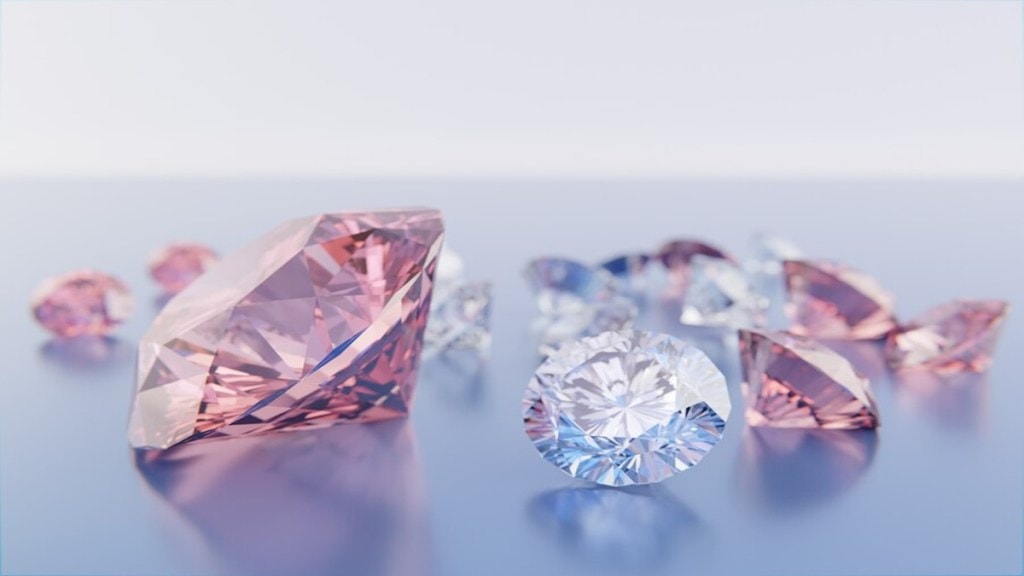The lab-grown diamond (LGD) industry has emerged as a key growth driver within India’s gems and jewellery sector, with a projected CAGR of nearly 15% and a projected growth of USD 1.2 billion by 2033.
As the country’s LGD exports continue to fluctuate, brands are shifting the lens towards the largely untapped domestic market, which, globally, has a diamond jewellery consumption rate of about 10-12%. The opportunity, bolstered by a rising interest in LGDs, is prompting companies and retailers to expand their domestic footprint.
Take the case of Mumbai-based Limelight Diamonds, which secured funding worth Rs 90 crore in February 2025 to expand its retail footprint in India. Founder Pooja Madhavan highlighted the company’s ambitions to open 100+ stores and establish a presence in over 45 Indian cities by 2026. “We aim to double our retail footprint by entering new Tier 1 and 2 cities and increasing our store count through a franchise-led model,” she stated.
Limelight Diamonds is one of the many LGD companies that have secured funding from VCs, fund houses and brokerage firms. According to a Redseer’s May 2025 ‘Diamond Disruption’ report, LGD startups received approximately USD 14 million in funding in 2025 so far, marking a 50% year-on-year (YoY) increase compared to 2024.
This has encouraged brands such as Mumbai-based Lukson Jewels and Chandigarh-based Aupulent Jewellery to consider funding to fuel offline retail expansion. Although Lukson Jewels entered the market in February 2025, it claims to have achieved over Rs 75 lakhs in direct-to-consumer (D2C) sales within 100 days of its debut. According to the company’s Founder and Chief Executive Officer (CEO), Anand Lukhi, its FY26 goals are to open its first dedicated stores in Pune and Hyderabad, coupled with other major metros, adopt a shop-in-shop model with key retail partners and explore franchise or partnership models. “We are also open to strategic funding,” he added.
Aupulent Jewellery, spearheaded by Founder and CEO Surya Jain, is actively considering “outside funding and strategic partnerships” too, aiming to expand its presence from Chandigarh to Delhi NCR through standalone brand-owned stores.
Along with a rising number of startups startups, legacy brands have forayed into this segment, with Titan Co. have invested USD 20 million in a US-based LGD jewellery retailer and Senco Gold launching its LGD vertical, Sennes. To compete, LGD brands are finding untapped niches.
Limelight Diamonds has cemented its position as a “solitaire destination”, particularly for engagement rings and bridal jewellery. Madhavan explained that buyers are increasingly opting for larger solitaires (ranging from 1 to 5 carats) for a starting price as little as Rs 20,000, while natural diamond solitaires generally have a starting price of Rs 2 lakh. Its vertical integration with the Bhatwari Group gives it the abolity to control its supply chain and manage costs effectively.
Lukson Jewels, which is also vertically integrated, offers fine diamond jewellery for prices beginning at Rs 4,000. Additionally, it provides buyers the option to customise their jewellery and have it delivered within ten days, which Lukhi says is a “strong differentiator” from other companies.
Younger customers and women have emerged as prime consumers of LGDs, according to Redseer data, with brands also noting the same. Additionally, the rising prices of gold and silver jewellery have rendered those segments unaffordable for many customers, prompting them to opt for LGD jewellery. Jain shared that women comprise a sizeable consumer base for fine LGD jewellery, whether it is for promotions and birthdays or self-expression. DiAI Designs, a niche LGD jewellery brand, also caters primarily to the young Indian woman, with founder Disha Shah saying, “We offer everyday-wearable fine jewellery with customizable designs for women, and have expanded on bridal and gifting segments due to a growing demand.”
The industry is not without its challenges, as price volatility, customer perception, and standardisation issues continue plaguing it. Data from the Natural Diamond Council reveals that, despite growing demand, the price of a 1.5 carat LGD has fallen 86% from USD 10,750 in mid-2015 to USD 1,455 in 2025. Recently, the Gemological Institute of America (GIA), a globally recognised authority in this industry, also removed the 4C (cut, colour, clarity and carat) grading system for LGDs, marking a clear differentiation between them and natural diamonds.
Brands remain concerned about the impact on customer perception, with Jain acknowledging that falling prices and lack of standardisation have led customers to question the long-term value and investment-worthiness of LGDs.
His sentiment is shared by many companies, which are actively seeking to create trust amongst consumers by providing buyback policies, global certifications, targeted campaigns and more.
Despite the challenges, experts such as Tehmasp Printer, CEO of the International Gemological Institute (IGI), opine that India’s LGD consumption will continue growing. “Currently, India holds a 35% share in global LGD production, making it the second-largest producer in the world. Having established themselves in the affordable luxury segment, LGDs are widely bought for gifting, occasions, milestone purchases and everyday wear. This versatility is driving repeat purchases and fuelling growth across multiple product categories,” he said.
As LGD companies continue expanding their domestic consumer base, Tier 2 and 3 cities have emerged as key drivers for future growth. Limelight Diamonds has witnessed rapid adoption from Tier 2 cities such as Coimbatore, Jaipur and Indore, with 30% of its e-commerce sales attributed to non-metro cities. Similarly, 30% of Aupulent Jewellery’s website traffic and 25% of its online orders come from non-metro regions, with increased buyer traction from Ludhiana, Dehradun and Jaipur.


